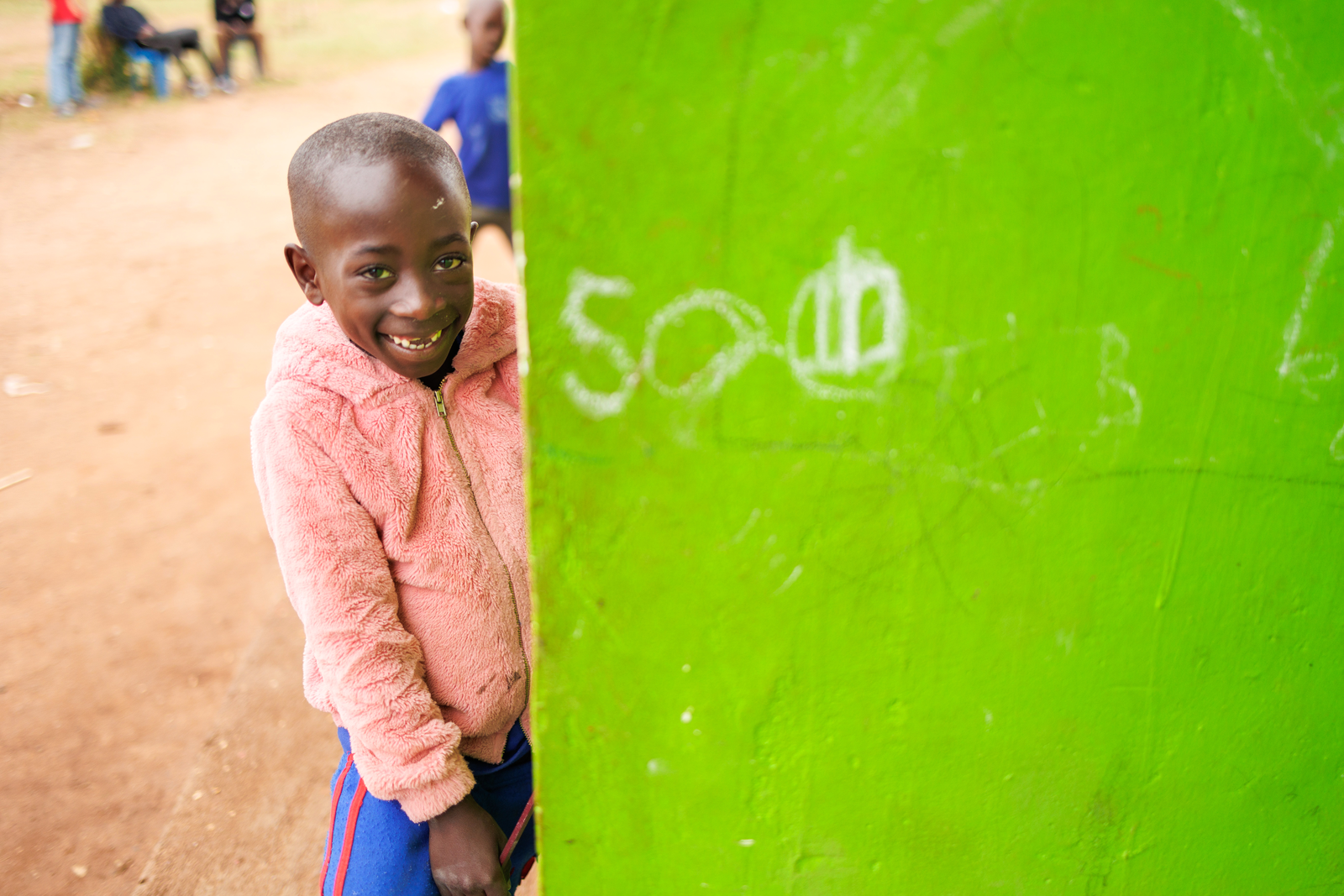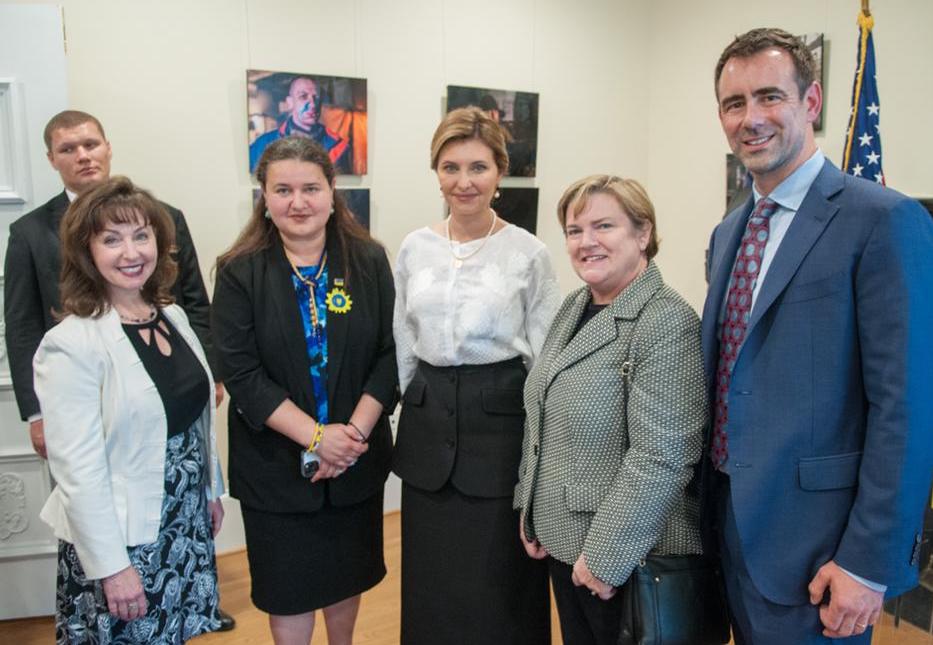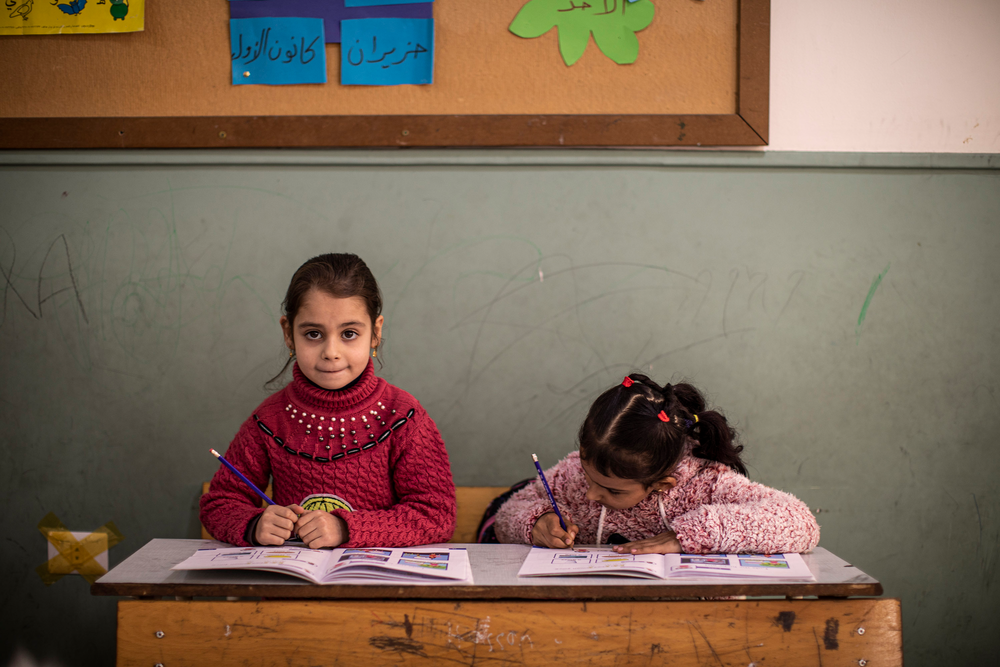
UNHCR builds new classrooms and trains teachers to deliver better education for Sudanese refugees
Barriers to education, Children in conflicts, Double-shift schools, Education in emergencies, Refugees and internally displaced people, Right to education
Schools in the 12 camps in eastern Chad are so overcrowded that the average class size is 97 - but this project will reduce that and provide teacher training and text books.
In eastern Chad, more than 300,000 refugees from conflict in Sudan have been living in refugee camps for more than a decade.
The schools in the 12 camps there are packed – with an average class size of 97. Some schools also have to split their day between primary and secondary students to accommodate everyone.
So over the school holidays, a huge construction project is taking place, including 132 new classrooms, offices and toilets. The project, which will reduce the average class size to 80, will also provide training for teachers and school textbooks and materials.
This is part of a larger plan to improve the quality of education services offered to children in Sudanese refugee camps and Chadian children from host communities who choose to go to these schools.
Chad hosts 190,752 refugee children including 151,918 Sudanese. A total of 94,949 children, including some Chadians, are enrolled in schools in the refugee camps.
According to United Nations refugees agency UNHCR, although 64% of primary-age Sudanese refugee children in eastern Chad are enrolled in school, only 39% reach secondary level.
Most of the Sudanese refugees fled across the border into Chad to escape the violence of the Darfur conflict that began in 2003.
The classroom-building project is being carried out by UNHCR, thanks to a donation from the United States Bureau of Population, Refugees and Migrations (BPRM).
Ibrahim is head of the parent-teacher association of one of the primary schools of Touloum camp. He said: “Some parents blame their decision not to send their children to school on the lack of infrastructure.
“The new buildings will convince them to change their mind.”
Some of the new buildings will replace old and deteriorated schools built early after the arrival of the refugees. Others will extend the existing capacity and meet some important gaps, especially for secondary school.
A joint UNHCR/BPRM mission saw the start of the construction work last week in four camps. UNHCR’s Associate Education Officer, Yanik Yankeu Yankeu, who led the mission, said it was an “opportunity to see how parents are and can be better involved in their children’s education”.
He said in some camps the community welcoming the project got involved in the construction works.
In addition to BPRM, UNHCR is being supported by donors such as Educate A Child, Education Cannot Wait, the German government through the DAFI scholarships – as well as operational partners such as Good Neighbours which is building classrooms with their its own funds.

More news

Theirworld initiative helps to deliver $30m of computers to Ukrainian children
